From the Arctic’s melting ice, an unexpected digital hub
The receding ice has opened new passageways for high-speed internet cables. Point Hope, a gravel spit in north-west Alaska, is along one of the new routes
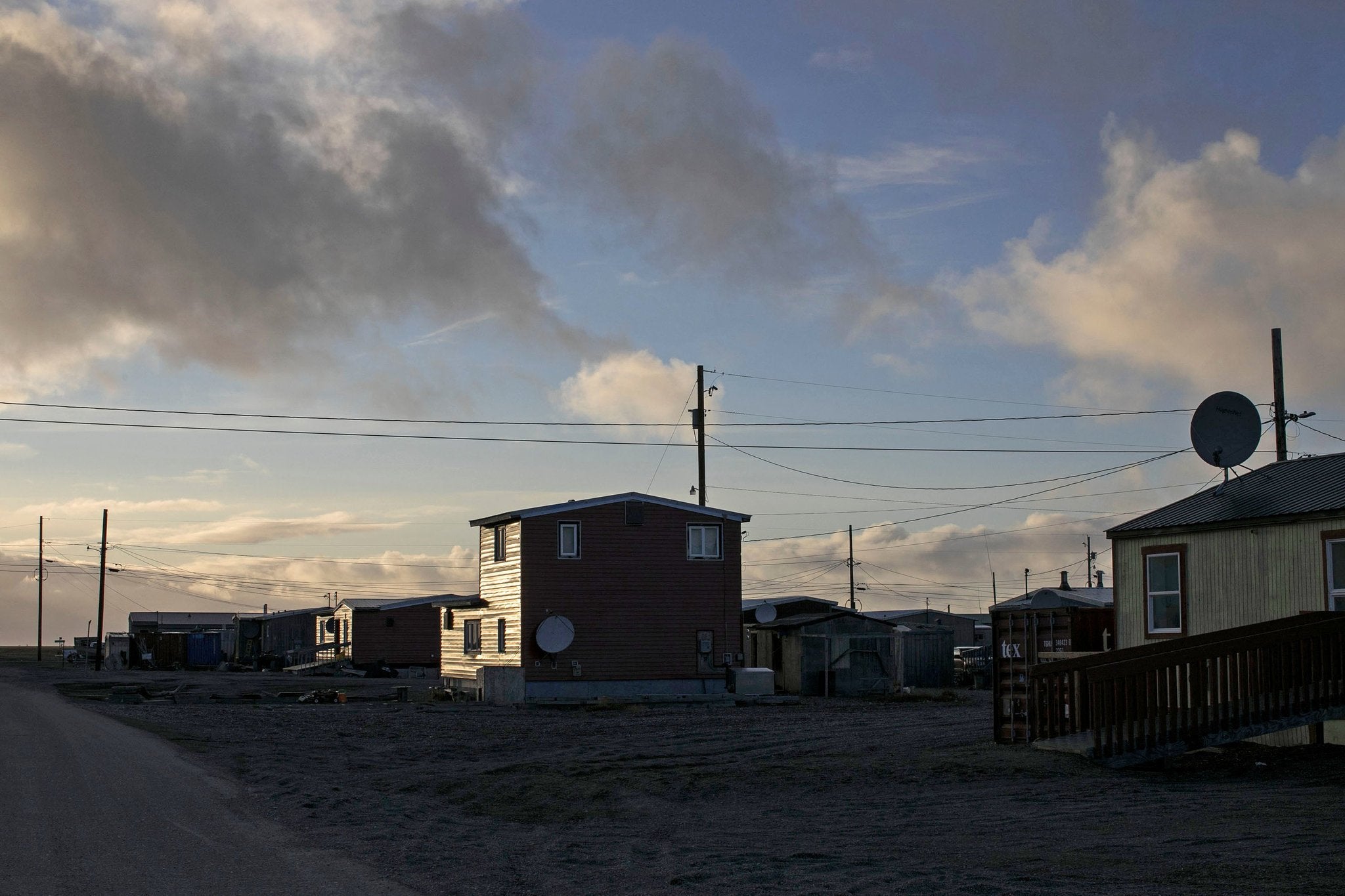
Your support helps us to tell the story
From reproductive rights to climate change to Big Tech, The Independent is on the ground when the story is developing. Whether it's investigating the financials of Elon Musk's pro-Trump PAC or producing our latest documentary, 'The A Word', which shines a light on the American women fighting for reproductive rights, we know how important it is to parse out the facts from the messaging.
At such a critical moment in US history, we need reporters on the ground. Your donation allows us to keep sending journalists to speak to both sides of the story.
The Independent is trusted by Americans across the entire political spectrum. And unlike many other quality news outlets, we choose not to lock Americans out of our reporting and analysis with paywalls. We believe quality journalism should be available to everyone, paid for by those who can afford it.
Your support makes all the difference.This is one of the most remote towns in the US: a small gravel spit on the north-west coast of Alaska, more than 3,700 miles from New York City. Icy seas surround it on three sides, leaving only an unpaved path to the mainland.
Getting here from Anchorage, about 700 miles away, requires two flights. Roads do not connect the two places. Basics like milk and bread are delivered by air, and gas is brought in by barge during the summer.
“I don’t know if people even know that we exist,” said Daisy Sage, the Mayor.
Needless to say, this is not the sort of place you expect to be a hub of the high-tech digital world.
But in a surprising, and bittersweet, side effect of global warming – and of the global economy – one of the fastest internet connections in America will soon be delivered to Point Hope’s 700 or so residents, giving them their first taste of broadband speeds.
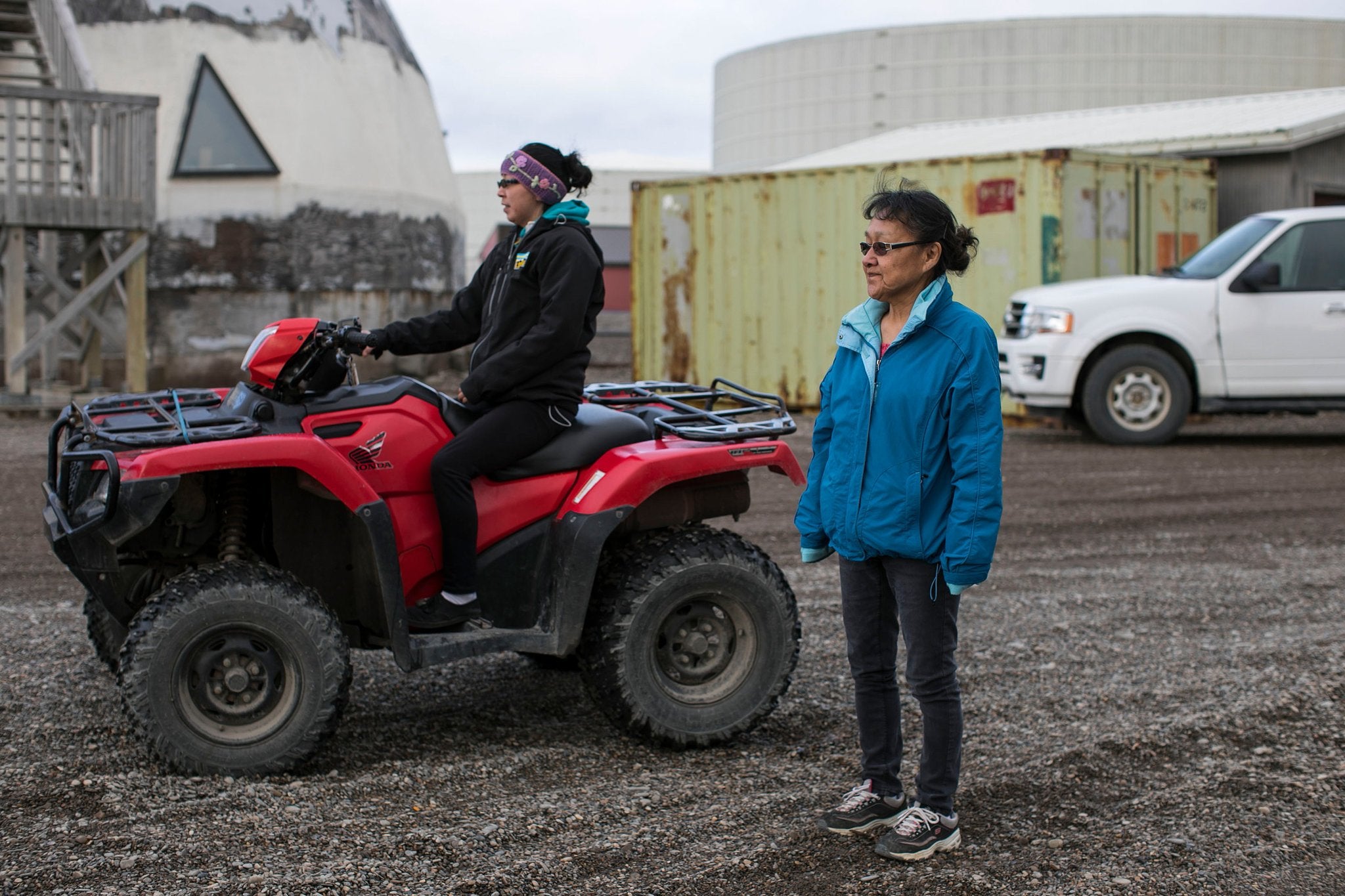
The new connection is part of an ambitious effort by Quintillion, a 5-year-old company based in Anchorage, to take advantage of the melting sea ice to build a faster digital link between London and Tokyo.
High-speed internet cables snake under the world’s oceans, tying continents together and allowing email and other bits of digital data sent from Japan to arrive quickly in Britain. Until recently, those lines mostly bypassed the Arctic, where the ice blocked access to the ships that lay the cable.
But as the ice has receded, new passageways have emerge, creating a more direct path for the cable – over the Earth’s northern end, through places like the Chukchi Sea – and helping those emails move even more quickly. Quintillion is one of the companies laying the new cable, and Point Hope is one of the places along its route.
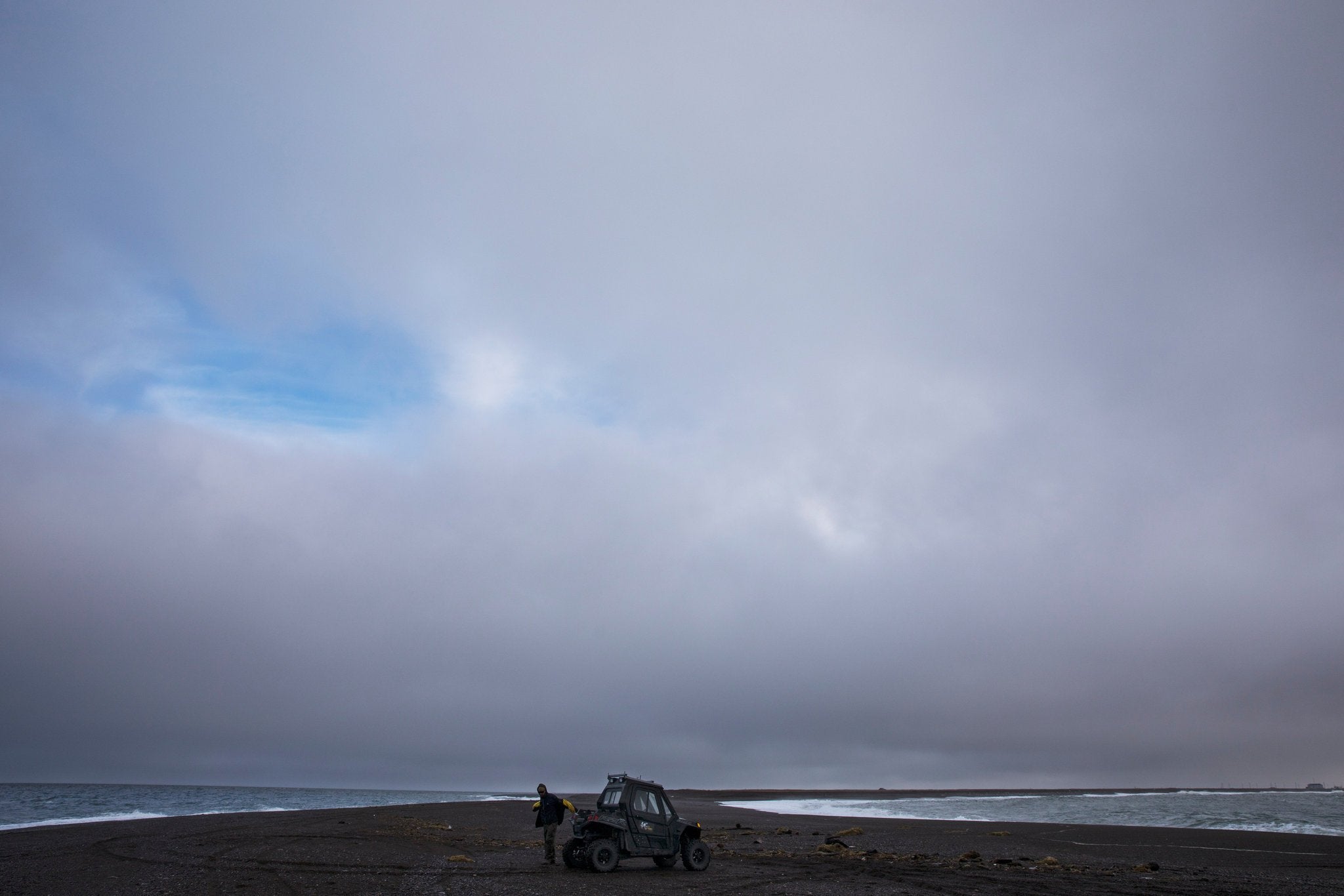
Financial companies would certainly welcome – and pay for – a faster connection between London and Toyko. Over the past decade, traders have increasingly relied on powerful computer programs to buy and sell securities at huge volumes and lightning speeds. A millisecond can be the difference between a big profit and a big loss. Quintillion’s faster connection would also appeal to the operators of data stations around the world that store, and send information for social media sites, online retailers and the billions of gadgets that now connect to the internet.
But it will be years before the full connections between countries are made. For now, Quintillion’s undersea cables are just around the northern part of Alaska, and the company is taking advantage of a nascent business boom in the Arctic. Oil, shipping and mining companies that can benefit from a faster internet are rushing into the more open waters.
Quintillion is also teaming up with local telecommunications companies, to use the undersea cables to bring faster internet service to some of the nation’s most disconnected communities.

In Point Hope, the new connection could mean better health care, as patients in the town and doctors in faraway cities communicate via seamless webcast. It could help improve education, too. Teachers, now used to waiting hours to download course materials, will be able to do it in minutes.
Many of Point Hope’s older residents cringe at the incursion of technology. For the most part, this is still a traditional community of Inupiaq-native Alaskans. Until the 1970s, many families lived in sod houses framed with whale bones.
People here also have no illusions about the overall effect of global warming. They see the waters rising and worry about sea mammals disappearing. They rely on the sea for food, and their year is built around festivals for berry picking and whaling.
“Inupiaq people are taught to be patient,” said Steve Oomittuk, a leading local whale hunter whose family has lived in Point Hope for many generations. “We wait for animals to come to us for our food, our shelter, our medicine, our clothing. The internet makes people impatient for everything. This is not our way of life.”

But interviews with dozens of Point Hope residents suggest that people here see Quintillion’s cable as a way of connecting with an outside world that has long been beyond easy reach – and something that could change their lives for the better.
Leona Snyder, for one, is excited about what the connection could do for her 15-year-old son, Justice Jones. She wants him to go to college, which would mean leaving the village. Having broadband internet could help him study and research outside opportunities.
“Internet means exposure to the world,” she said. “I want that for Justice. I want him to be a judge. Judge Justice Jones. It has a ring to it, don’t you think?”
Navigating the ice
In June, three ships carrying huge rolls of cable travelled through waters in the Bering Strait and the Chukchi Sea to lay the final miles of Quintillion’s undersea internet network.
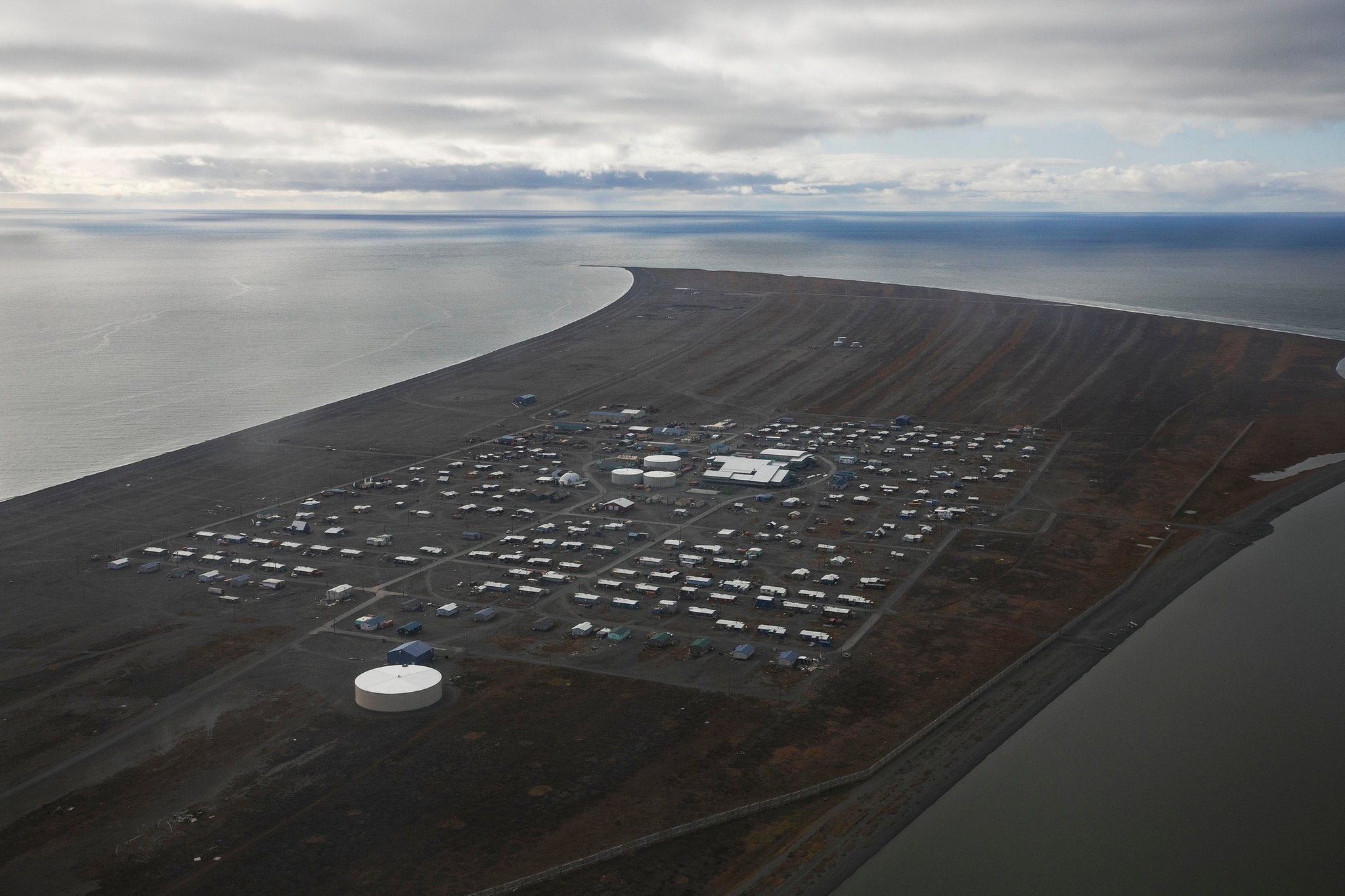
The boats unfurled 40 miles of fibre optic cable into the dark, choppy water. An enormous shovelling tool plowed the sea floor and buried the cables for protection. It was the final stretch of a 1,200-mile network connecting six coastal towns, including Kotzebue, Nome and Point Hope.
“A project like this has been discussed for 20-plus years, but was formidable from a cost and weather standpoint,” said Tim Woolston, a Quintillion spokesman. “The ice situation has evolved to the point where it’s now physically possible.”
An infusion from Cooper Investment Partners, a private equity firm in New York, has helped Quintillion finance the laying of the cable. The company would not say how much the network had cost to build so far, but it insisted that supplying high-speed internet service to an estimated 20,000 people along the cable’s route would be a good business.
Although that is a relatively small number of people, Quintillion believes it will increase along with the broader commercial growth in the region that the company expects, driven by oil and mineral exploration. With broadband service available, Quintillion is also betting that more data centres, research centres, hospitals and schools will make the Arctic Circle home.
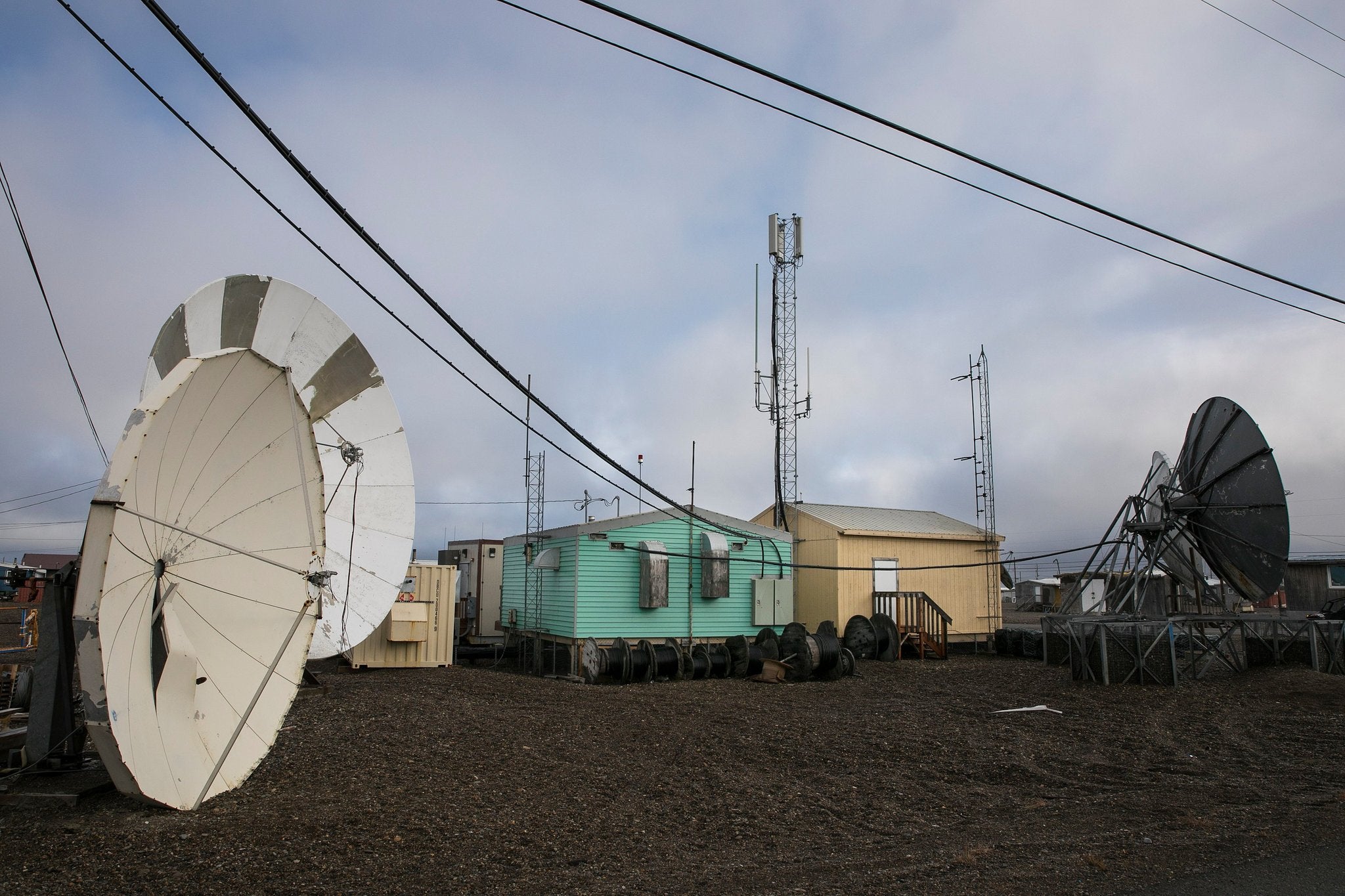
Other broadband-internet providers have the same idea. Cinia, a telecom company owned by the Finnish government, has completed the first stage of a multiyear-plan to lay a subsea broadband network between Europe and Asia through the Arctic Ocean. Cinia, which expects the Arctic network to cost about $700m (£520m), just completed the first leg, from Germany to Finland.
Today, much of the internet communications between the continents run through Asia, including through the Red Sea and Indian Ocean. The shorter route planned by Quintillion would bring a 35 per cent decrease in latency, the company said.
“The financial sector wants the shortest route for trading, and we are talking about fractions of milliseconds, but it makes a difference,” Ari-Jussi Knaapila, Cinia’s chief executive, said in an interview. Multiplayer video games that connect participants around the world also demand faster internet traffic with less delay, he added.
After Alaska, Quintillion plans to bring its undersea cables to Asia; a third stage would extend the network to Europe. The company would not predict how long the project would take to complete.
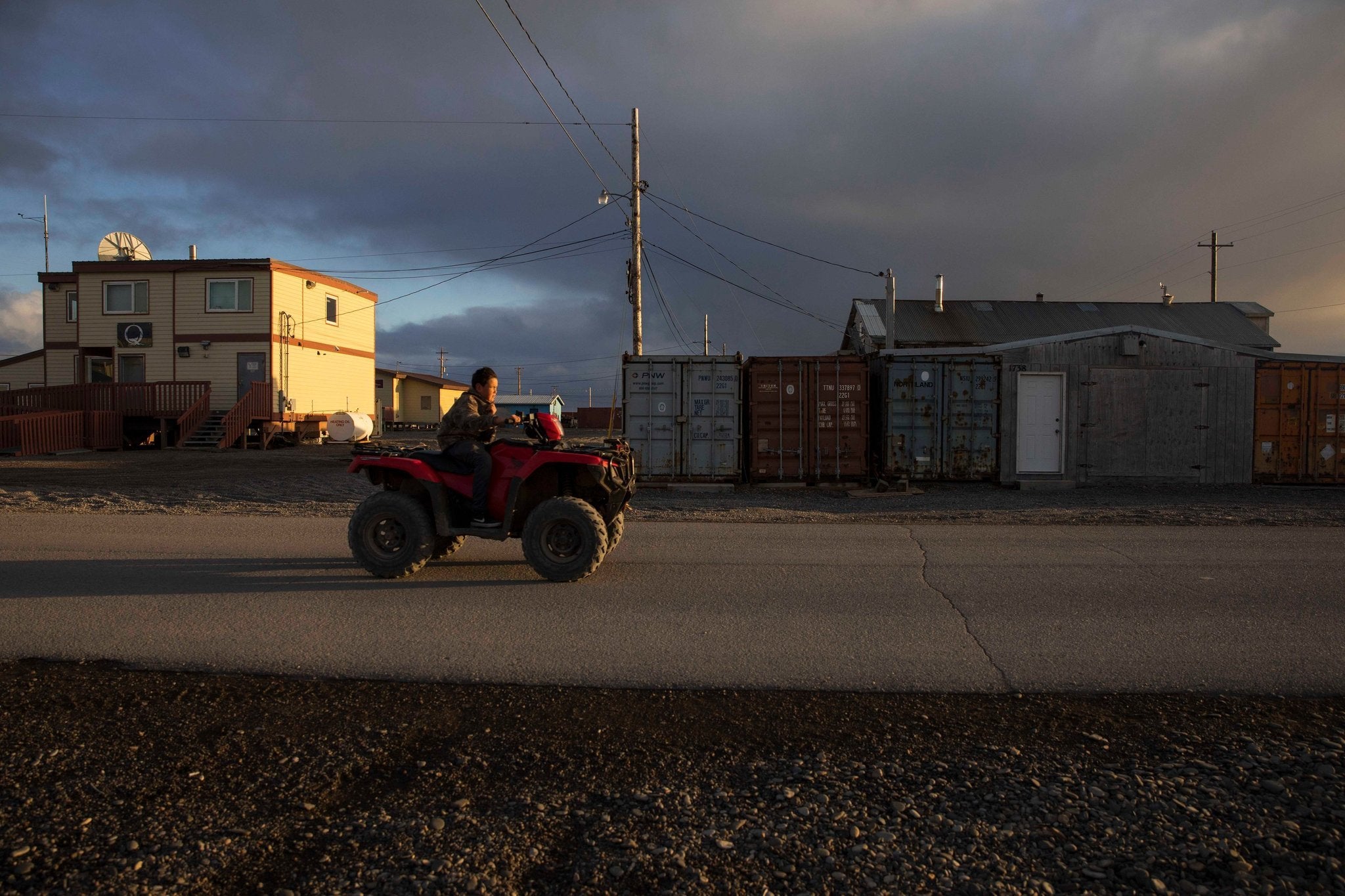
In the meantime, Quintillion is offsetting some of its costs by joining forces with local telecom companies along its path to sell the internet service directly to customers. In Point Hope, several local companies, including the Arctic Slope Telephone Association Cooperative, have rushed to prepare homes. Alaska Communications, another telecom, has signed up city offices and businesses at other sites.
The fibre network will first bring connection speeds of 200 gigabits per second to the village – among the fastest rates in the country.
The connection in Point Hope will start off relatively slow, at 10 megabits per second for residents, with plans starting at $24.99 a month, and faster for businesses. At that speed, customers can download a high-definition movie in about two hours.
But it is still 10 times faster than the existing connections here, made through phone lines, and is good enough for streaming video on a service like Netflix. The companies say they plan to offer faster speeds once they see the demand.
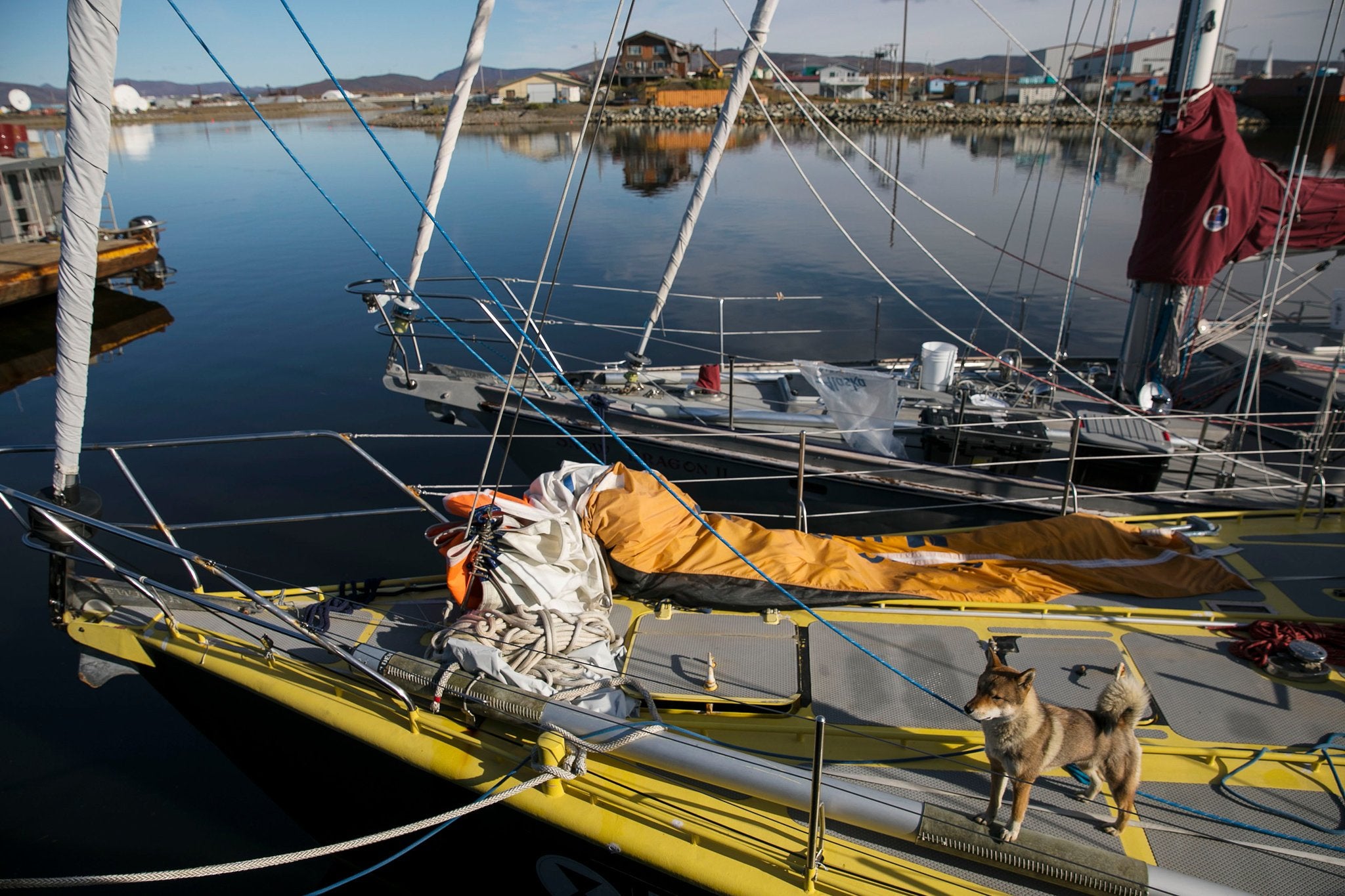
The people here are already thinking that the new broadband lines could transform the local economy. The one general store, the Native Store, will be able to more easily order new supplies. The phone association has put computer terminals into the City Hall building to provide free internet service to the public.
Point Hope’s transportation director is building a conference centre with Wi-Fi and web video conferencing above a bus garage to host state events. Artists are planning to sell native crafts and jewellery online.
In late November, about 25 residents, including the mayor, gathered at City Hall and talked about how internet service could turn Point Hope – one of the oldest continuously inhabited communities of North America – into a tourist destination, with a museum that would have interactive displays and a website. The village’s small motel, with 20 beds, would offer Wi-Fi.
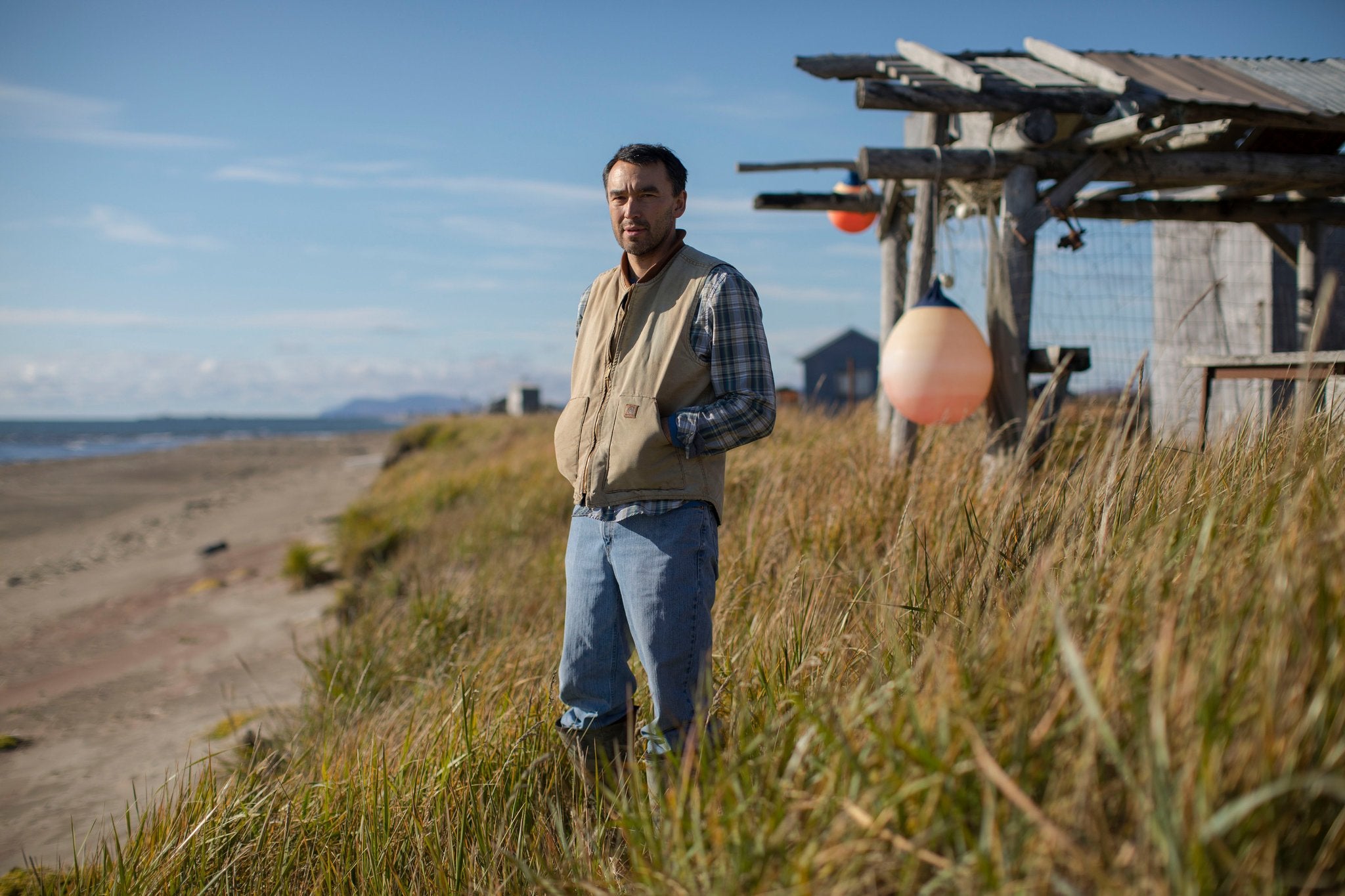
“The trigger to all of this is lower-cost broadband that will bring a whole new economy and hope to places like Point Hope,” said Jens Laipenieks, president of the Arctic Slope Telephone Association Cooperative.
A place a step ahead
Nome, a few hundred miles to the south and with 4,000 residents, offers a little glimpse into Point Hope’s future. Climate change, as well as broadband connections, have altered education and commerce.
With the warming of the Bering Sea, the Crystal Serenity cruise ship, measuring 820 feet long and holding more than 1,000 passengers, has started to anchor offshore, bringing new tourism. The ship could only recently navigate around the ice.
If local politicians have their way, it’ll be only the beginning. They are lobbying the state to build a deep water port so that even bigger cruise ships can dock in Nome. The officials have indicated Quintillion’s broadband service improves its case to state officials, who want to make sure Coast Guard and tourist boats will have access to high-speed internet.
“The future is here, and there is not anything changing that,” said Nome’s mayor, Richard Beneville, who also runs a tour company.
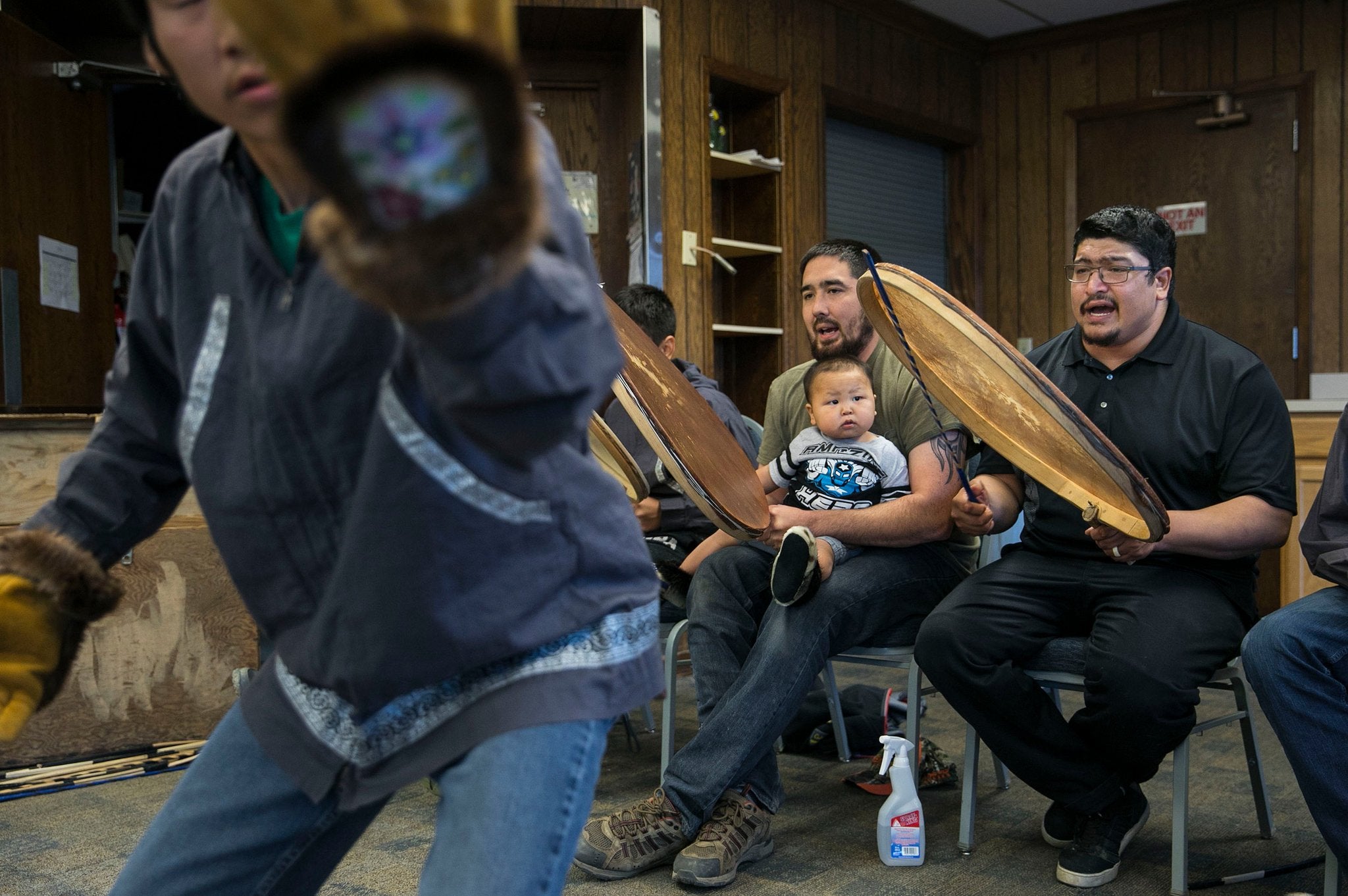
Broadband internet has been in Nome for years. The arrival of Quintillion’s lines, which were turned on Friday, will make the connections much faster.
Like in Point Hope, these changes worry some residents, including Austin Ahmasuk, a marine environmentalist who lives along the coast in Nome. He’s concerned that the change will dilute some of the local culture and the environment.
“The very thing that kept most global development away from the north – ice – is disappearing in all its formats,” Ahmasuk said. “History shows that outside people don’t have the same interest in our culture and environment.”
But residents here are largely embracing a stronger connection with the rest of the world.
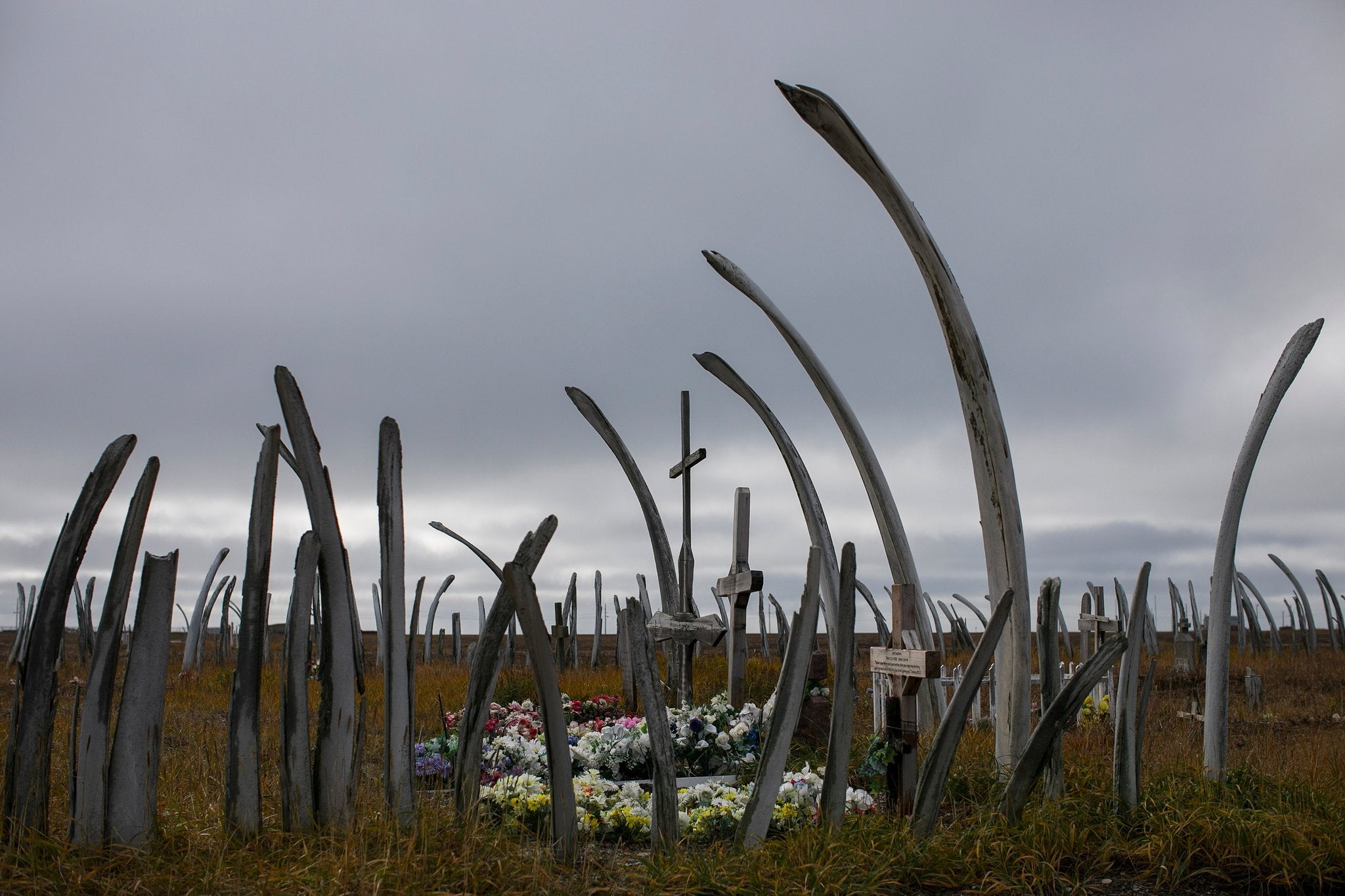
Early on a weekday evening, Brian and Maggie Muktoyuk pulled together more than a dozen people at the Lutheran Church on Bering Street for a weekly rehearsal of native dance and drums.
Seated in a row, teenage boys and men pounded on round drums made of stretched walrus stomach. Women with mittens and ornate mukluk boots swayed their hips to the beat.
Maggie Muktoyuk held up her iPhone and, with a Wi-Fi connection, started streaming a live video of the rehearsal on Facebook. Brian Muktoyuk had set up a group page on the social network for other native dancers around the North Slope region of Alaska.
A line of men took to the floor of the community room, pounded their feet and shouted as they reached to the sky. They were learning a new dance Muktoyuk had choreographed, inspired by an exhausting whale hunt he participated in months earlier in Wainwright, near Point Hope.
“Make sure you get this,” he said to Maggie.
© New York Times
Join our commenting forum
Join thought-provoking conversations, follow other Independent readers and see their replies
Comments